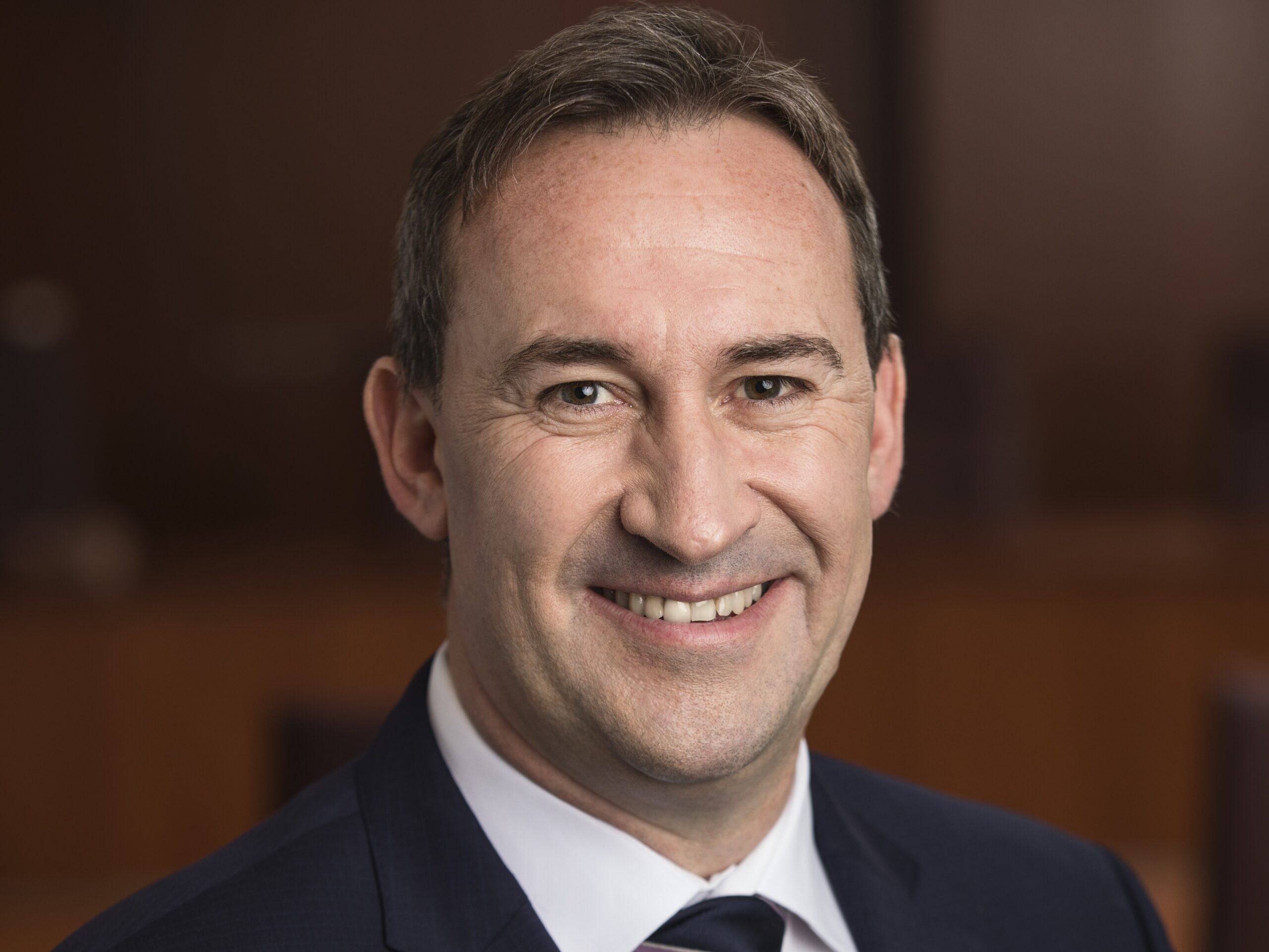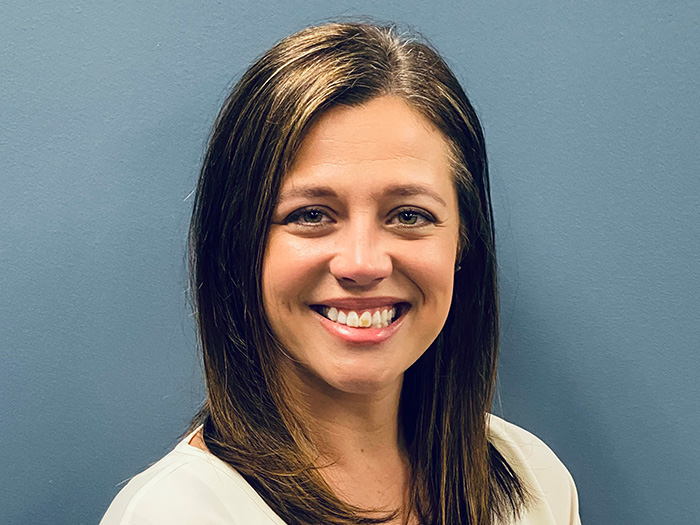2014 NWCDC
Focusing on Results

Partnering with medical providers that deliver top quality care leads to better results for workers while lowering claims, treatment duration, indemnity costs and incidents of permanent partial disability, according to presenters at an “Improving Claims Outcomes Using Outcomes-Based Networks” session, presented at the 2014 National Workers’ Compensation and Disability Management Conference & Expo in Las Vegas.
“It has helped us by driving our costs down,” said Randy Triplett, manager, workers’ compensation & IDM, The Goodyear Tire & Rubber Co., who was joined on the panel by Jane Ish, national networks manager, commercial insurance, Liberty Mutual Insurance.
Instead of focusing on weeding out “bad” medical providers, it’s better to focus on attracting a medical eco-system with the best physicians, hospitals and groups, said Ish.
“We are looking to attract honey instead of vinegar,” she said.
“Physician evaluation is key to creating our networks,” she said, noting that partnering with claims and medical management professionals to get information on physicians is crucial. “We need to understand what his tools are, what his referral patterns are.”
It is not a simple task, however, she said. Sometimes, there is not enough claims data to support selection into a network and sometimes geographic limitations – such as a lack of providers or facilities – can hamper creation of an effective OBN.
But the results are impressive, said Triplett. His company’s North Carolina plant saw a 64 percent reduction in lost work days, while Goodyear’s top six plants saw a 33 percent decrease in lost work days.
In putting its network together, Goodyear needed to persuade unionized workers, who by contract have the right to choose their physicians. The company’s focus on safety and its mantra of “the right treatment at the right time” helped convince workers, he said.
“It’s taken more than seven years working hard to build confidence that what we are trying to do is in their best interests,” he said.
Even in states where the company cannot direct the care of injured workers, the employees will often ask the company for physician referrals.
“We have been a paternalistic company for our entire existence. … Our associates expect the best from us,” Triplett said.
“Any time there is a positive interaction between a network provider and an associate, it builds a stronger relationship,” he said.
Orthopedic injuries – shoulder, knee and back “in that order” – are the top employee issues, he said.
The company has onsite medical facilities staffed by physician assistants, nurse practitioners and, for two or three days a week, doctors. Initial examinations are nearly always held at the plants, Triplett said.
The company also invites all outside medical staff to tour the facilities once a year to create a better understanding of the business and locations.
When employees are released to return to work, Goodyear puts the employees through a process of “work hardening” to ensure they are ready for full duty, he said.
One hospital group recently made the RTW transition easier by releasing injured workers to onsite physicians when they believed they were ready to return to work, he said.
“It allows us to manage that last part of that care and get our associates back to work. It’s all about outcomes and finding networks and physicians that will work with you to return your associates to work,” he said.










